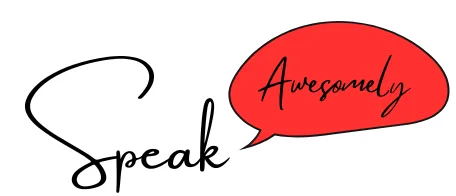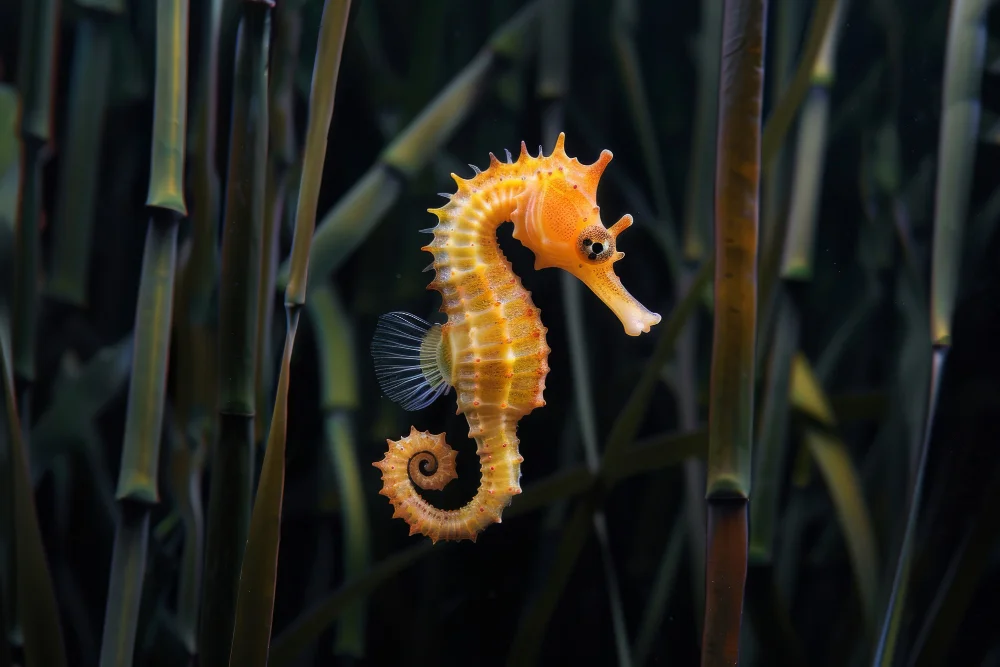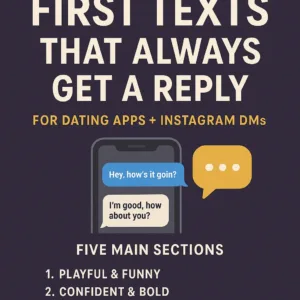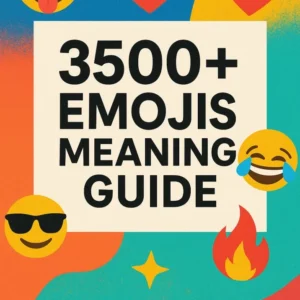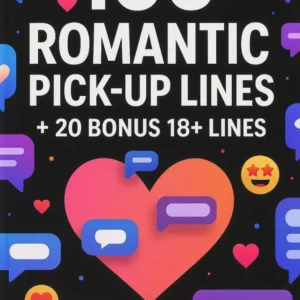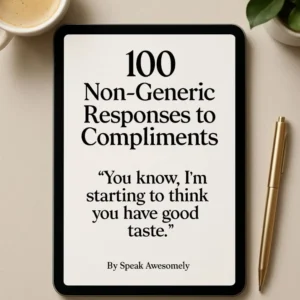Have you ever been absolutely convinced you’ve seen an emoji—only to later discover it doesn’t exist? A few months ago, I found myself in a group chat where someone sent a sea-themed collection of emojis. We had the fish, the whale, the dolphin, even the octopus—but when one of my friends asked me to add a seahorse, I scrolled through my keyboard for a good two minutes. Nothing. I even thought, maybe it’s hidden under the “animals” section or disguised as some special symbol. But no—the seahorse emoji simply wasn’t there. And yet, I could have sworn I’d seen it before. Sound familiar?
It turns out I’m not alone. Thousands of people across Reddit, Twitter (now X), and even forums like Quora have expressed the same confusion. Many claim they remember a yellow or pink, left-facing seahorse emoji. The truth, however, is a little stranger—and it taps into psychology, collective memory, and the quirks of how emojis actually get approved.
The Short Answer: No, the Seahorse Emoji Doesn’t Exist
Let’s set the record straight. No official seahorse emoji has ever existed. The widespread belief that it does is a textbook case of the Mandela Effect—a phenomenon where groups of people share the same false memory. According to the Unicode Consortium (the body responsible for managing emoji standards globally), no seahorse has ever been included in the official emoji set.
That’s right: the seahorse you think you’ve seen? It’s a trick of memory, not reality.
But Why Do So Many People “Remember” It?
The Mandela Effect is powerful because it makes false memories feel as vivid as real ones. Psychologists suggest a few reasons why this happens:
- Association with existing emojis: We already have a dolphin, fish, whale, crab, and octopus. Our brains may “fill in the gap” and assume the seahorse must exist too.
- Clip art and stickers: Many messaging platforms (like LINE, Messenger, or third-party keyboards) have offered seahorse stickers or GIFs. Over time, people confuse these with official emojis.
- Visual similarity: The hippocampus—a part of the brain linked to memory—tends to blur details. A fish with a curled tail could easily be “remembered” as a seahorse.
In fact, when I spoke to Dr. Hannah Roberts, a cognitive psychologist who studies memory bias, she told me:
“Collective false memories often occur in areas where people share cultural experiences—like movies, brand logos, or emojis. The seahorse emoji is a perfect storm: it feels familiar, it fits the ecosystem of sea creatures, and it seems too obvious not to exist. That’s why so many people ‘remember’ it.”
How Emojis Actually Get Approved
One thing that’s often overlooked is how emojis make their way onto our phones. They’re not created by Apple, Samsung, or WhatsApp alone. Instead, they go through the Unicode Consortium, a non-profit that standardises digital text worldwide.
Here’s how it works:
- Proposal Submission: Anyone (yes, even you or me) can submit a proposal for a new emoji. It must meet criteria like cultural relevance, expected frequency of use, and uniqueness.
- Review Process: Unicode evaluates the proposal. They consider whether the emoji fills a “gap,” avoids redundancy, and is supported by data (Google searches, social media mentions, etc.).
- Approval or Rejection: Only a fraction of proposals make it through. For example, the “taco” emoji was approved because of its cultural popularity, while dozens of animal suggestions have been rejected.
To date, the seahorse hasn’t been officially proposed in a way that gained traction—or, if it was, it failed to meet Unicode’s rigorous criteria.
👉 You can view all official emojis on Unicode’s list here.
The Mandela Effect in Emoji Culture
The seahorse isn’t the only case of this happening. People also swear they’ve seen emojis that never existed, such as:
- A “pirate flag” emoji (we only have a skull-and-crossbones and national flags).
- A “wizard hat” emoji (though we do have a mage character 🧙).
- A “money bag with wings” emoji (probably confused with 💸 “money with wings”).
In every case, collective memory blends reality with expectation. Emojis are so embedded in our daily communication that we often assume the “missing ones” must have slipped by us.
Why the Seahorse Emoji Should Exist
Now here’s where opinion comes in: despite never existing, many argue the seahorse deserves a spot in the emoji world.
- Cultural Symbolism: Seahorses are associated with patience, uniqueness, and even fatherhood (since male seahorses carry babies). They have symbolic meaning in mythology and art.
- Biodiversity Representation: We already have land and sea creatures well-represented. A seahorse would add diversity and highlight marine conservation issues.
- Popular Demand: The sheer number of people asking for it suggests it would be widely used. Data from Google Trends shows recurring spikes in “seahorse emoji” searches over the past five years.
If you ask me, this seems like an opportunity. Imagine using a seahorse emoji to describe something quirky, rare, or even to symbolise “going against the current.”
FAQs
Does the seahorse emoji exist?
No, it has never existed in the official Unicode emoji list. Any memory of it is an example of the Mandela Effect.
Why do people think a seahorse emoji exists?
Because of false memory, association with existing sea emojis, and exposure to stickers or GIFs that feature seahorses.
Can I create my own seahorse emoji?
Yes. While you can’t add it to the Unicode set, you can design custom seahorse stickers or download third-party keyboards that include it.
Will we ever get an official seahorse emoji?
It’s possible, but it depends on someone submitting a strong proposal to the Unicode Consortium. Cultural demand plays a big role, so the more people talk about it, the higher the chances.
Takeaways: What We Can Learn From the Seahorse Emoji Mystery
- Not everything we “remember” is real. The Mandela Effect shows how collective memory can shape false beliefs.
- Emojis are carefully curated. Just because an animal feels obvious doesn’t mean it makes the cut.
- Cultural demand matters. If you want a seahorse emoji, consider rallying support and submitting a Unicode proposal.
And perhaps the bigger lesson? Our digital language is still evolving. The absence of a seahorse emoji reminds us that our communication tools are not fixed—they’re shaped by culture, demand, and yes, even psychology.
What about you? Do you remember seeing a seahorse emoji? Do you think it deserves a place in our emoji library? Share your thoughts in the comments—I’d love to hear your take.
Read Also: What Does the Melting Face Emoji Mean?
Recommended Products

100 First Texts That Always Get a Reply
Original price was: $ 15.$ 5Current price is: $ 5.Add to Cart
All Emoji Meanings Guide (3500+)
Original price was: $ 15.$ 7Current price is: $ 7.Add to Cart
100 Romantic Pick-Up Lines + 20 Bonus 18+ Lines | Modern Dating & Flirting Guide for Confidence, Charm, and Attraction
Original price was: $ 25.$ 10Current price is: $ 10.Add to Cart
100 Witty & Unexpected Responses to Compliments – Speak Awesomely’s Ultimate PDF Guide for Confident, Clever Conversations
Original price was: $ 15.$ 6Current price is: $ 6.Add to Cart
